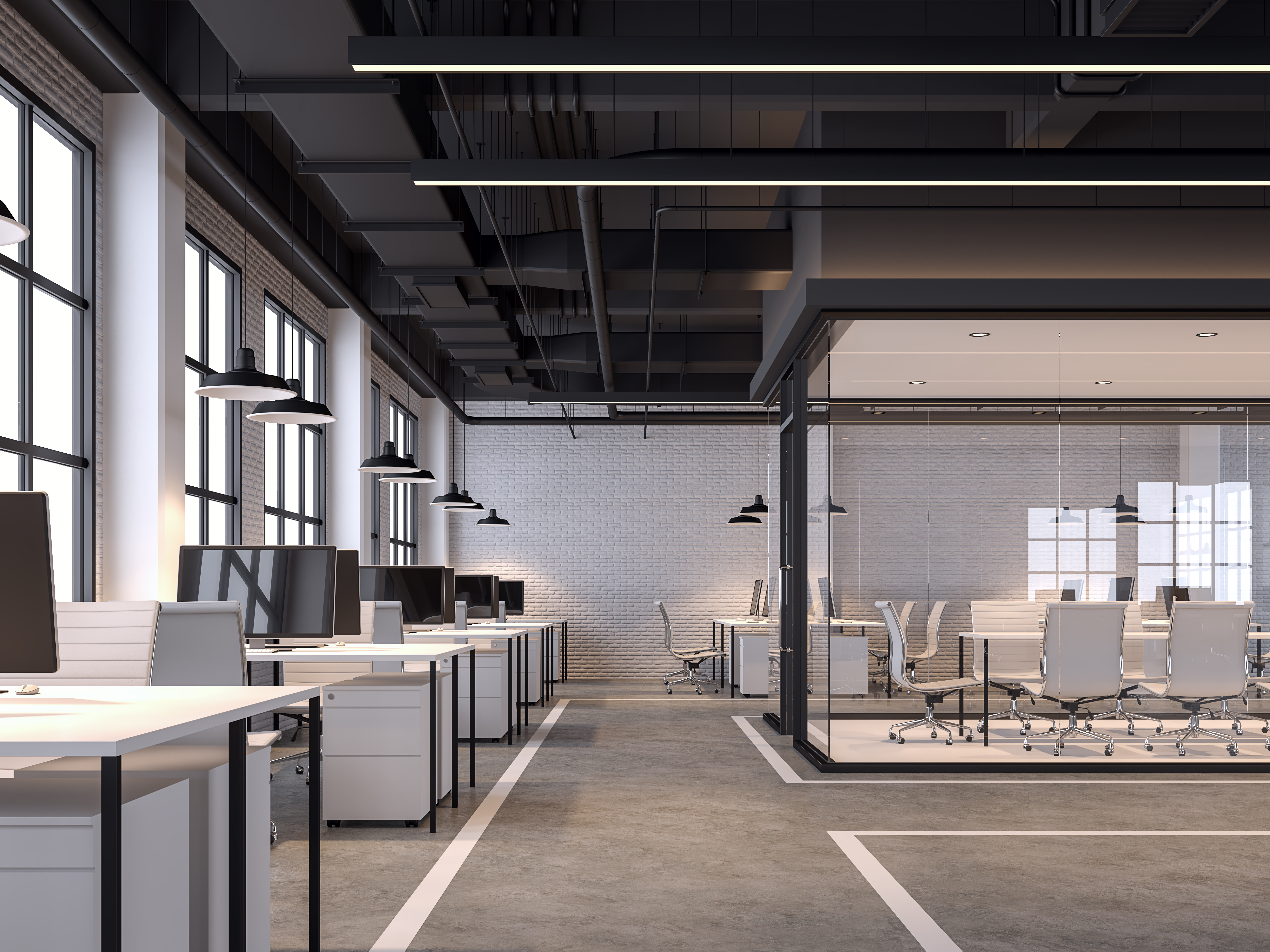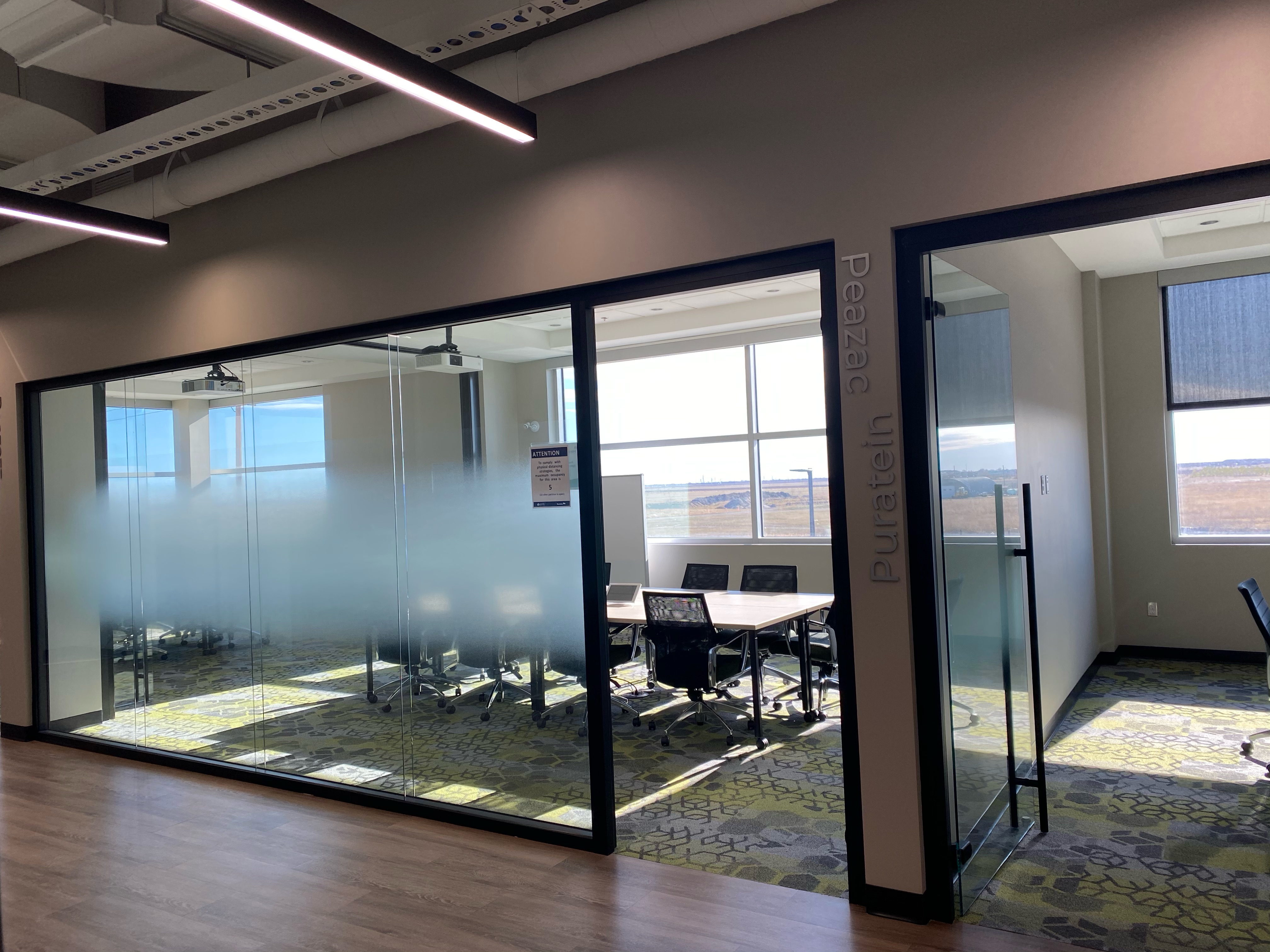How You Can Brighten Up Your Office Space
Karl Elhen
Aug 3, 2021 12:08:10 PM
Poor office lighting creates a dim working environment, and a low-lit or harshly lit environment—unsurprisingly—tampers with your employees’ energy and reduces productivity.
In this blog post, we’ll cover how poor lighting affects employee behaviour, well-being, and productivity, and we’ll outline modern strategies to improve any areas where your office might be lacking.
The Adverse Effects of Poor Lighting in Office Spaces
Many academic studies and workplace reviews have shown that office lighting is one of the significant factors that affect work performance and well-being. Moreover, the repercussions of substandard lighting in office spaces can be severe, from increased heart rates and blood pressure to irritability, impulsive behaviour, and absenteeism.
So what happens to workers in poorly lit offices? The most common impacts on people working in unsatisfactory lighting conditions are:
- Diminished mood
- Heightened stress responses
- Eyestrain
- Headaches
- Sluggishness
As you can imagine, these five impacts are not exactly the ideal combination for a model employee to be happy, alert, or productive. Therefore, you should make adjustments in your office space as soon as possible to mitigate these adverse effects on your employees.
3 Strategies to Improve Your Office Lighting
Not every solution requires a complete redesign of your office and needs to involve architects, interior designers, and so on, but in some cases, that might be necessary.
Rethink Your Ambient Lighting
Ambient lighting, sometimes referred to as general lighting, is what illuminates your entire office space. In a traditional corporate office, the rows of fluorescent tube lighting hidden behind acrylic prismatic diffusers would be considered ambient lighting. However, modern workspaces are moving away from fluorescents because the harsh lighting and buzzing from non-LED tube lights can diminish employee moods and exacerbate headaches.

Consider investing in track lighting for areas with medium to high ceilings to brighten up the room without muddling the atmosphere. Additionally, you should use multiple types of lighting to give employees options to add more light when necessary.
For example:
- Task lighting like floor lamps, desk lamps, or pendant lights to illuminate smaller spaces devoted to specific tasks like drawing, paperwork, and more.
- Accent lighting highlights specific elements in the space like artwork, bookcases, or other décor, and the effect makes an area appear larger than it is.
- Open-faced lighting where lightbulbs aren’t encased in glass allows more light to distribute evenly through the space.
Embrace Natural Light
The importance of natural light (sunlight) in built environments can’t be overstated. Bringing natural (biophilic) elements into the office has been proven to improve employee well-being and, as a result, increase productivity.
You can move natural light through the space using windows, doors, and walls in an office environment. Architectural glass walls really shine here as they allow free movement of light from room to room, and they can be designed to improve acoustic control and privacy.

You can also use large mirrors to reflect natural light around the office or create a mirror effect by using shiny surfaces in your décor, including:
- Brass lighting,
- Chandeliers,
- Silver photo frames,
- Gold fixtures and doorknobs, and more.
If your office doesn’t have any windows, you’ll need to be more creative to mimic sunlight. You can achieve this by using soft white lightbulbs (or daylight bulbs) and move away from the bright white bulbs of yore. You can also create the illusion of windows with glass walls, airy drapes, or shelving units with warm light built-in or highlighting them.
Reduce Obstacles for Light in Your Office
If you’re redesigning, renovating, or just shuffling your furniture around, you need to ensure that as few of your aesthetic choices as possible limit how far light can travel through your office.
Abandon window treatments whenever possible, particularly in common areas or high-rises where privacy from outside is not an issue. In cases where coverings are necessary, switch out any blackout or opaque blinds or curtains for lighter or sheer ones that allow light through. There are plenty of window treatments these days that control the penetration of heat without sacrificing much light.
If you have the option, consider investing in skylights. They’ll allow you to replace some electrical lighting elements with 100% natural light, and they’re particularly hard to block with curtains, furniture, or other obstacles. Also, just like with most blinds or curtains, skylights can be installed in such a way as to not contribute to summertime heat gain or wintertime heat loss.
How Will You Improve Your Office Space?
We’ve covered several ways to improve your office space, but there is no one-size-fits-all approach. Take stock of your current space, examine how it impacts your employees, and improve from there. When you’re ready to refresh your space with modern glass walls and fixtures, book a free consultation with one of our experts.
